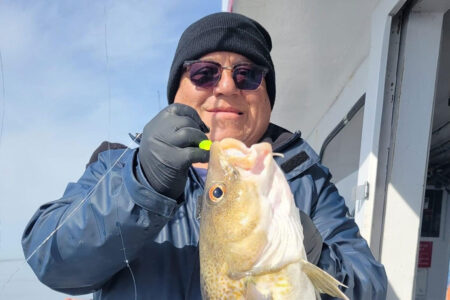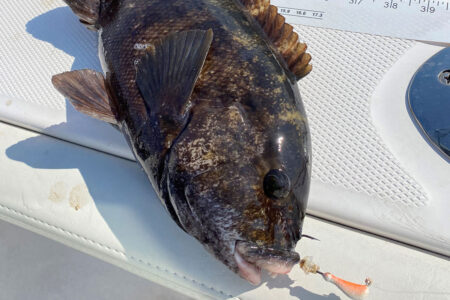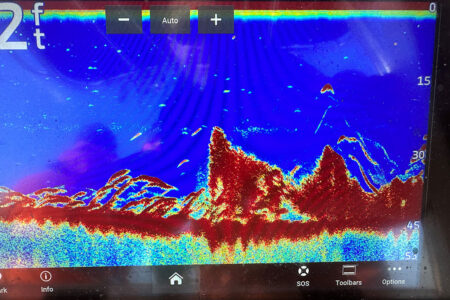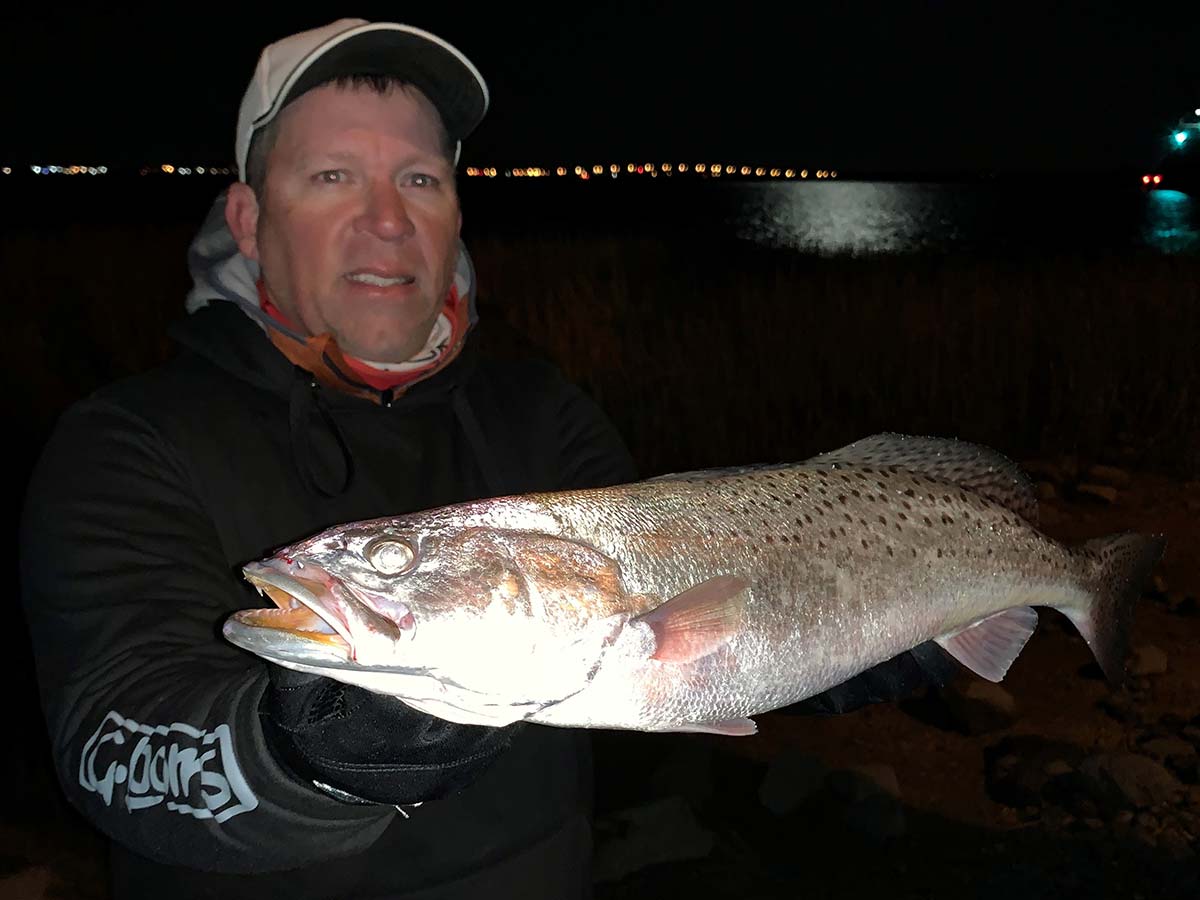
Will this be another “speck-tacular” season to remember in Cape May?
Let me introduce you to one of the area’s best kept fishing secrets: the South Jersey “speck”. We affectionately call these beautiful fish specks, however they are also known as speckled trout and spotted sea trout.
Specks are not limited to Southern New Jersey, but their annual appearance seems much more predictable from Atlantic City to Cape May. This is the same species that you could catch in Florida or Texas and should not be confused with the more common weakfish.
Before I get into the X’s and O’s, I want to make it clear that my life may never be the same after this article is published. There are reasons why there aren’t many articles regarding this secretive fishery. To start, there aren’t a lot of speckled trout fishermen in our area and the ones that are out there, are some of the most hardcore, tightlipped anglers in the world.
In fact, one of Cape May County’s finest anglers wrote an article a couple years back and he’s still dealing with backlash from some of the locals.
Last season, another well-respected angler made the mistake of sharing a photo of a speck and a redfish (that’s quite an accomplishment, who could blame him? And yes, we have redfish too!) with a rock pile in the background. I haven’t heard from him in a while and suspect he may have entered a witness-protection program. The peer pressure to keep this bite on the down low is next level.
So if you don’t hear from me for a while, you’ll know what happened.
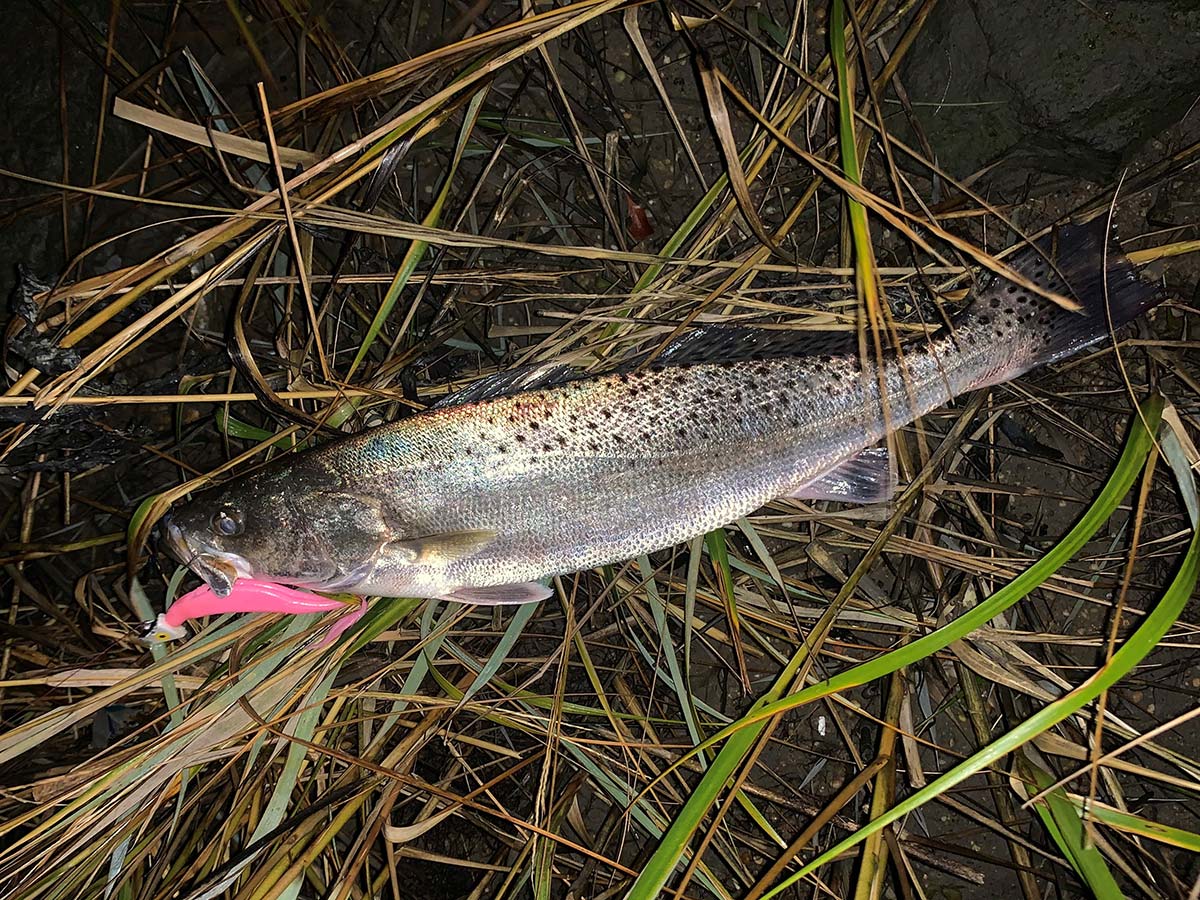
A Speckled Past
In the good old days, before everyone had cell phones and the internet, fishing reports were a lot harder to come by. I relied heavily on my own experiences, but it never hurt to get info from a small circle of fishing buddies, tackle shop employees or my weekly issue of The Fisherman. I remember reading about stray catches of speckled trout and thinking they were nothing more than an anomaly. Back then, I spent an insane amount of time fishing for weakfish and striped bass and lucked into my first speck one fall evening. At the time, I remember feeling like the luckiest angler on the planet. With my affinity for weakfish, it didn’t take much for its southern cousin to win me over.
I spent the next season chasing specks. I fished hard in lots of areas and came up empty handed time and time again. One particular wader trip really sticks out in my mind, and a little on the back of my left calf. I walked the sods for what seemed like a couple miles to reach a small feeder creek that looked just right on my chart. After a few hours, I returned to my car with my tail between my legs and a nasty wound from where my rubber boot waders rubbed my calf raw. I still have the scar. It was after that trip that I took a break.
After a week of Neosporin and Band Aids, I reflected on my failure to locate another speck. It turns out, my mistake was thinking that their habits mimicked weakfish; a fish that I had become very familiar with. Although the fish share a similar appearance, they have very different behavioral patterns.
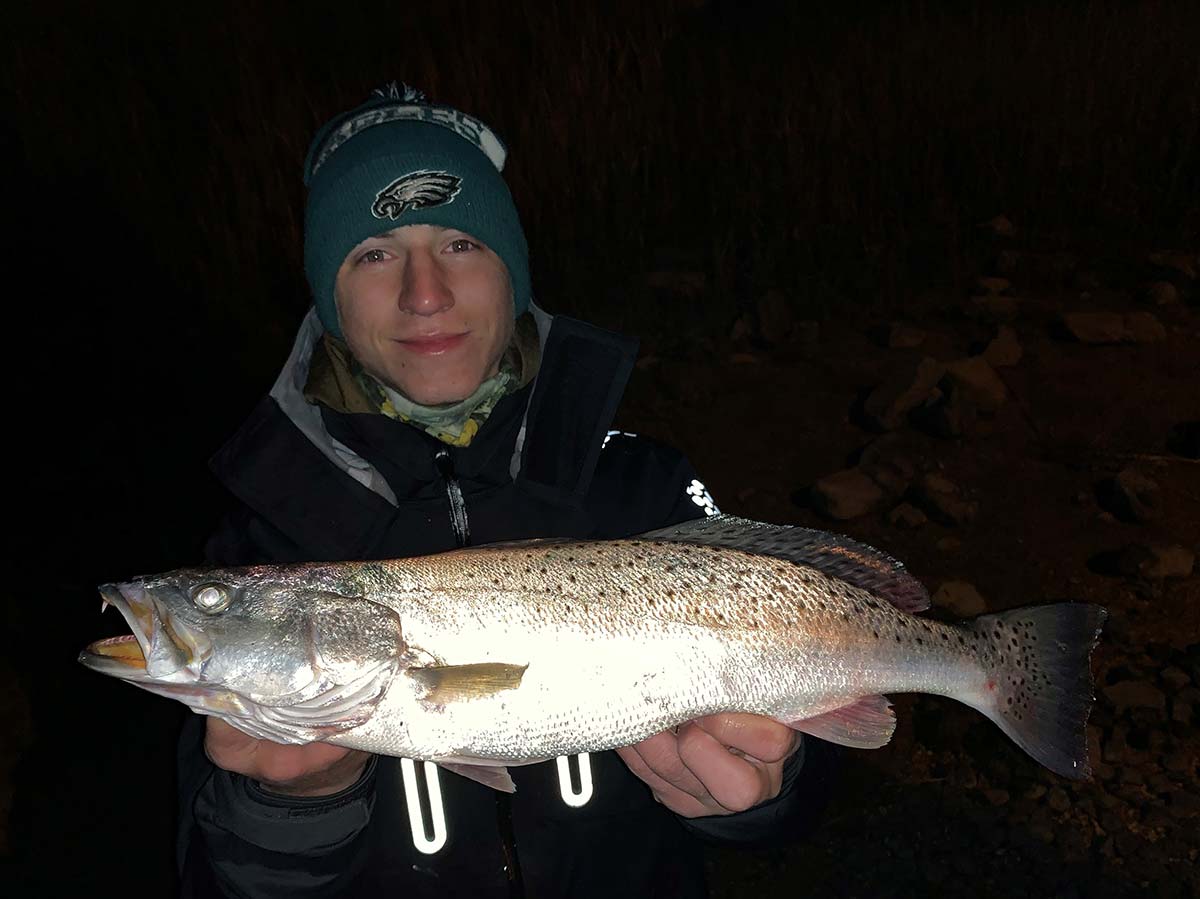
Needing a new direction, I decided to research speckled trout as there is a ton of information available from our southern neighbors. I spent hours reading articles concerning fishing tactics, seasonal migration patterns, breeding rituals and feeding behaviors. I went back out armed with what I thought was a wealth of knowledge. Unfortunately, I had the same exact results: long, frustrating, fish-less trips. Apparently, our local population of specks didn’t read the same information that I read. I was back to believing that my original catch was nothing more than a fish that strayed a little too far north.
Fast forward to a November afternoon a couple years later when I was making my weekend tackle shop phone calls to write my weekly fishing reports. This particular call was to Captain Tate’s and the late Rusty Zeigler (RIP buddy). After we exchanged our normal pleasantries, Rusty explained that a customer had just called in to ask him what the regulations were on speckled trout. The angler was wading along a popular stretch of inlet for striped bass and couldn’t keep the specks away from his black Bomber. To the best of my knowledge, New Jersey does not publish regulations for speckled sea trout (see Sea Trout Regs); when I brought this up to a conservation officer, he explained that they are lumped in with weakfish. I passed the info along to Rusty and thanked him for the tip. Just when I thought I was out, they pull me back in!
After the phone call I thought to myself, “Am I going to put myself through this again?” To be completely honest, I felt like I was chasing unicorns. To make the decision even more difficult, there just happened to be an outstanding striped bass bite going on at the same time. Side note: fishing report writers don’t get paid much, but some of the info we receive is golden!
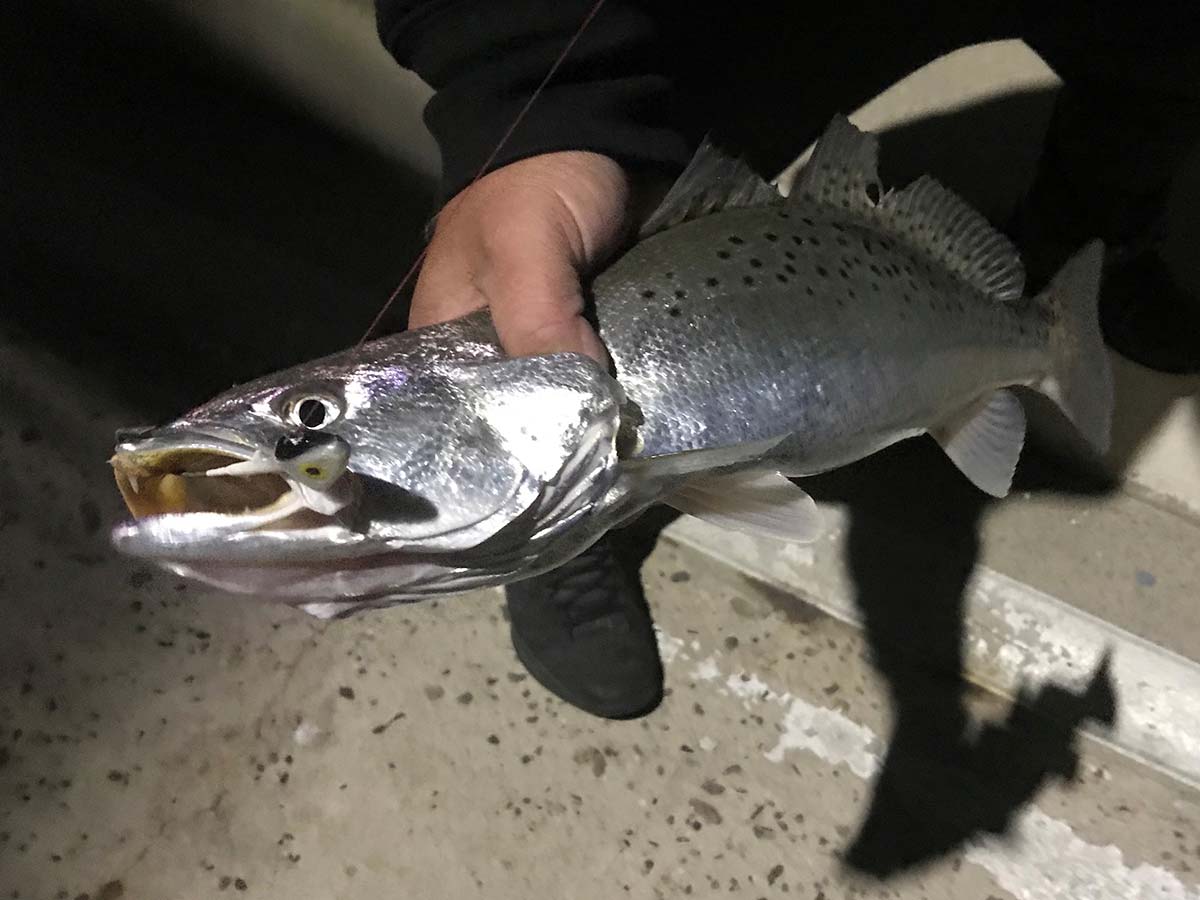
I woke up the next morning and couldn’t stop thinking about the guy that was fishing for stripers and couldn’t stop catching specks. I packed up my gear, drove down to the inlet and set up for the change of tide. I brought two rods: one with my go-to bubblegum Zoom Super Fluke and the other a hot pink MirrOlure Classic 52MR. As the tide started coming in, I could see a massive amount of silversides schooling up on the edge of the flat.
About two hours into the incoming tide all hell broke loose. I watched a school of fish roll in and blitz the silversides. Seconds later, I got a solid bump on my MirrOlure, but didn’t connect. I wasn’t sure what I was seeing, but I was leaning towards a late-season bluefish blitz. On the next cast, I hooked up and felt those beautiful head shakes that can only come from a sea trout. I landed the fish and admired it for about three seconds before I needed to cast again. I remember thinking to myself, could the entire blitz be specks?
The next hour and a half made up for every fish-less minute I spent chasing speckled sea trout. I lost count on how many fish I caught. It was every bit as action packed as any bluefish blitz. Almost every cast ended with a fish. Specks were blowing up on topwater and chasing bait to my feet. The bite slowed down towards the top of the tide. I remember looking around and thinking, did that just really happen? It was a Sunday afternoon, in one of the area’s most well-known fishing holes, just me a two other guys that where about a 100 yards down the bank. We met up as we walked to our cars in complete awe.
Fish Forward
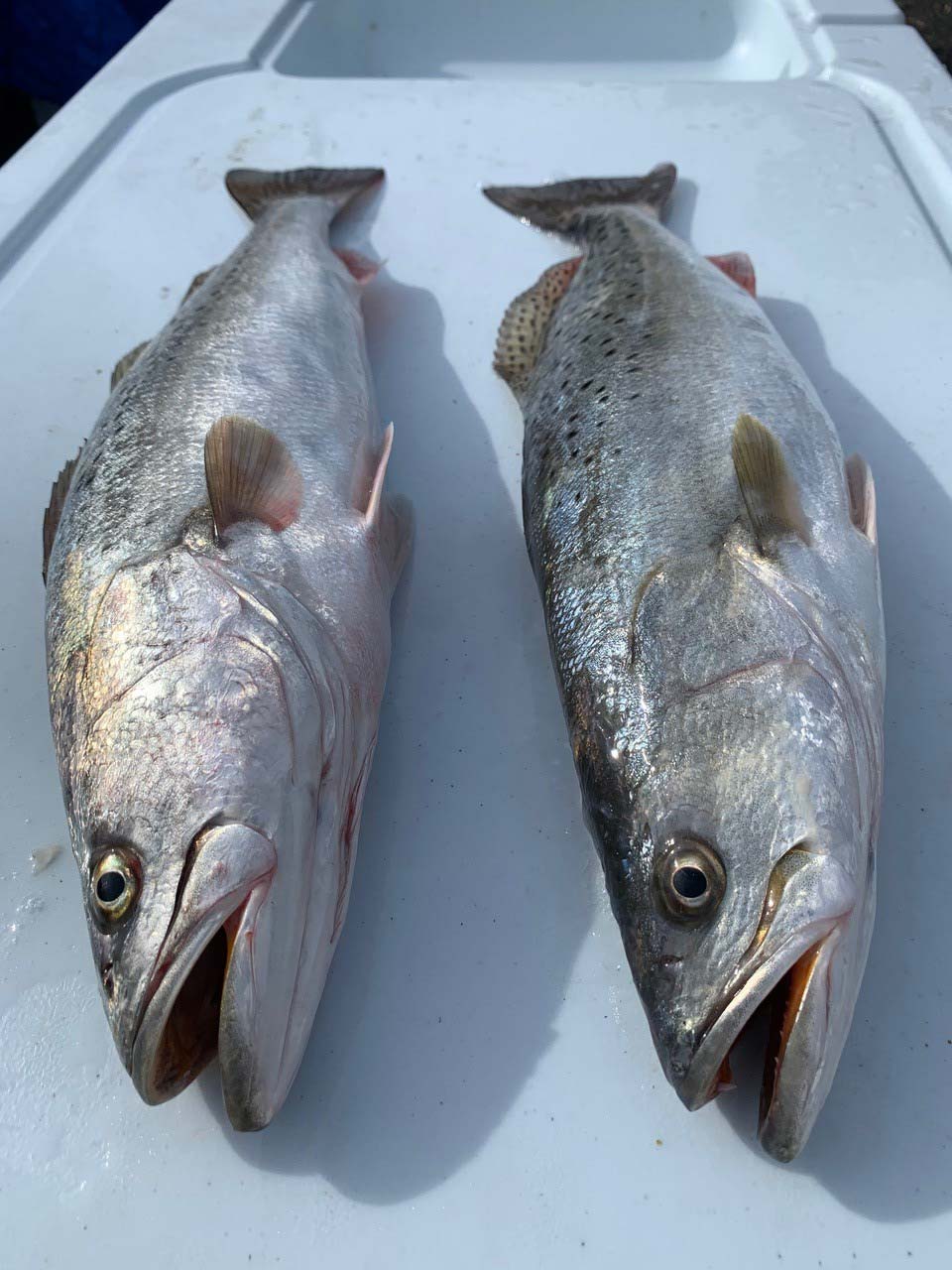
That one day changed everything I thought I knew about speck fishing in our area. After a trip like that, I had a renewed interest and spent more time learning about the speckled beauties that visit our waters. As it turned out, the specks that frequent our area aren’t like the specks that they catch down south at all. Part of me wonders if they could be some kind of sub-species?
Ok, now it’s time for the juicy stuff. While I can’t guarantee success, I can help increase the odds of tangling with a South Jersey speck. A few sea trout will be quietly caught in the sounds over the late summer months, but the real action usually occurs in November. The new or full moon phase closest to Election Day is prime time. This knowledge alone has helped me tune in and catch more specks than I ever imagined possible. During my previously mentioned dry spells, I was at all the right spots but at the wrong times.
The weather pattern seems to be the biggest factor in determining the size and length of each year’s run. My best years have come during long periods of northwest wind. A steady dose of northwest usually means dropping temperatures and clean water; both are triggers for a good bite. If we have a series of coastal storms and northeast winds, you’d probably be better off targeting striped bass.
Water temps are key, however the sea trout that frequent our waters are much more cold-water tolerant than I imagined. This southern species seems to be most active in our area when the water temperature sinks into the mid-50s. We’ve caught a small number of specks with water temps in the high 40s. Remarkably, there are documented catches in our area as late as January. Who could imagine catching sea trout in New Jersey in January?
When looking for areas to target specks, I wouldn’t go far from an inlet. Jetty groins, mussel beds, bridges and beachfront cuts are all good areas to set up, but I prefer the sandy flats along the inlets. Just off the main flow, large amounts of baitfish stage along the pockets in the last few coves of the inlet before entering the open ocean. The combination of northwest winds (blowout tides) and the huge amount of bait already pouring from our inlets creates a type of breadcrumb trail that eventually leads the sea trout directly to the source.
However, that split could take a while in terms of the legal review process, which Brust said won’t be done in time for the 2020 run. “I can’t give you a timeline but we’ve already written the language, it’s in legal review and it’s step one or step two of the process,” he explained.As for the steps leading up to November of 2020 when the speck run is in full gear? “Not this year,” Brust replied. “I wish I could give you a different answer, but not this year.”New Jersey anglers may keep one sea trout or one weakfish at 13 inches, while in Delaware there’s no bag limit on spotted sea trout and a 12-inch size limit.
Truth be told, if you can find them, they aren’t very difficult to catch. Our fall sea trout are usually between 16 and 22 inches and only here to fill their bellies before a long, cold winter. They aren’t often picky. I believe this is one of the main reasons that the bite is so secretive. Once you figure out the times, tides and locations, you can return to the same areas in future years and expect similar results. Lure choices aren’t much different than they would be for weakfish or backwater striped bass. Soft-plastic baits, bucktails, MirrOlures and other plugs fished about an hour on either side of mid-tide will work well.
I’m not going to pretend to be a speckled trout expert. I’ve spoken to a few lifelong speck anglers and I don’t know that they would consider themselves experts. These fish have a special way of keeping you humble. The facts are specks don’t show up in huge numbers most years and even when they do, they usually don’t hang around long. It is for these reasons that each prized catch is that much more special.
When conditions are right, like they were last year, amazing things can happen. Here’s hoping for a “specktacular” fall!

